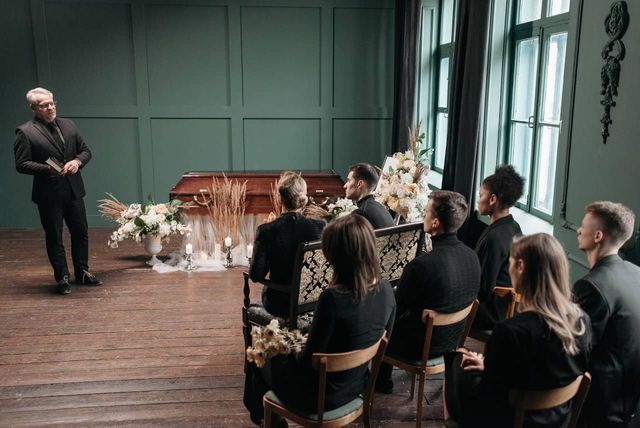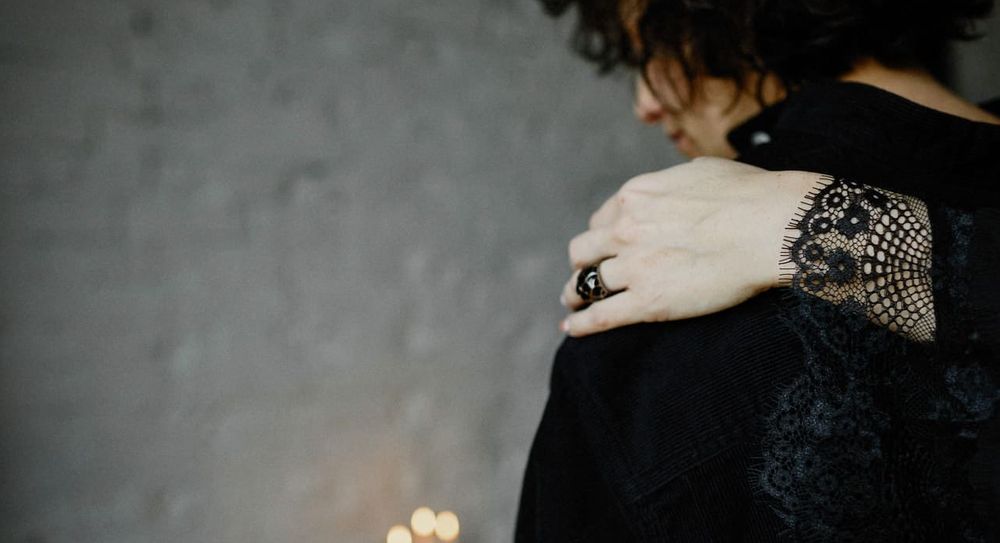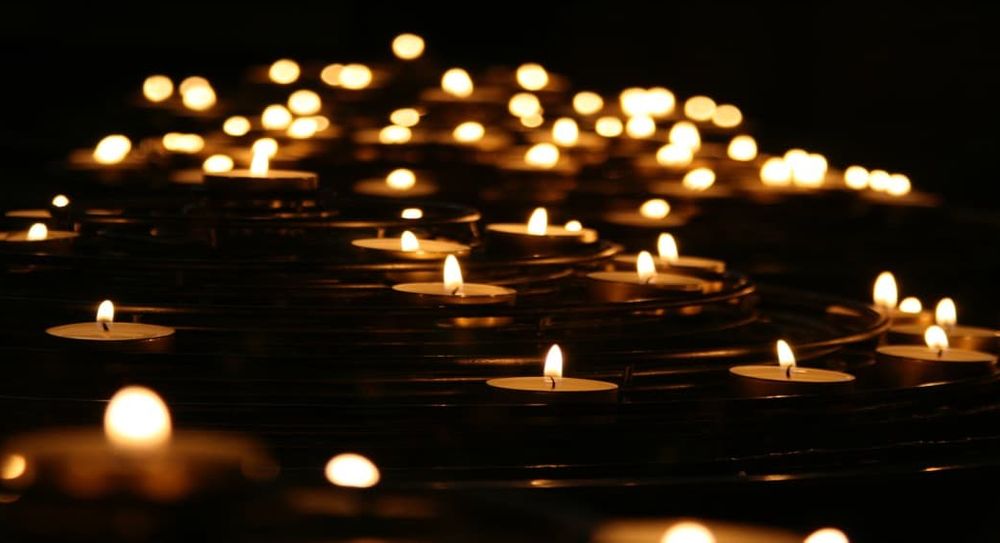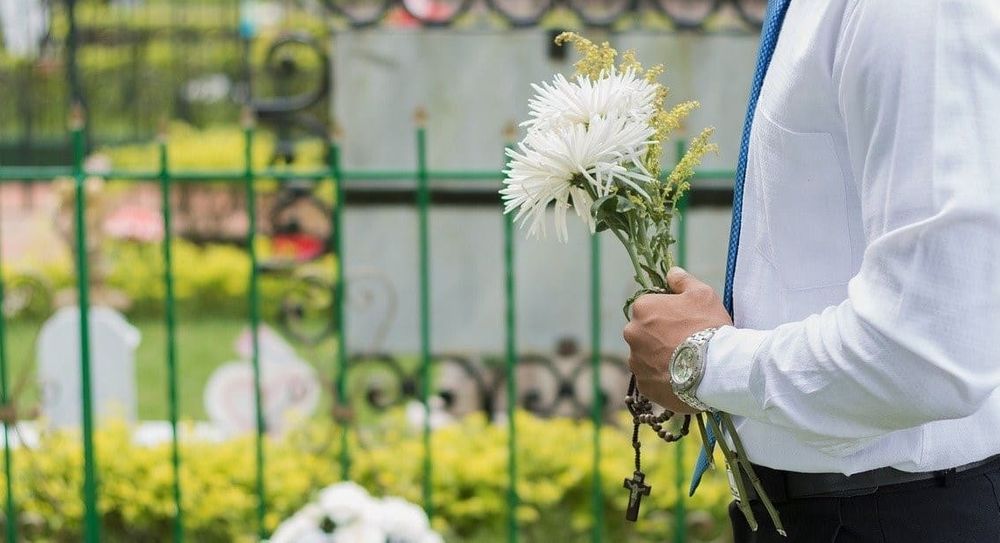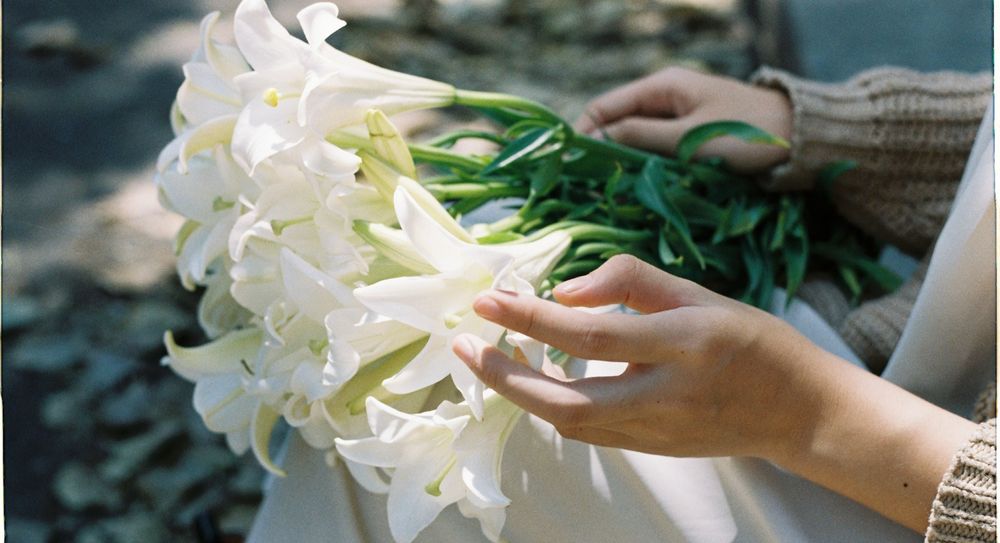Black is still the most popular colour to wear at a funeral in the UK. But why do we wear it? And what are the alternatives?
Why do people wear black to funerals?
Black has a long tradition of being associated with funerals. This is because it’s often seen as a symbol of dark moods and sadness. Today, it’s often worn so that no one stands out at the funeral, which is considered a mark of respect.
The history of wearing black to funerals
People have been wearing black at funerals as far back as Roman times. In those days, they’d wear a dark-coloured toga, known as a toga pulla, to show they were in mourning.
But it wasn’t until Victorian times (the 1800s) that it became common for everyone to wear black at a funeral. This was because black dye was expensive to make compared with many other colours. So only wealthy people wore black to funerals, while everyone else would wear colours like brown or white, which were cheaper to make.
Victorian mourning clothes
Formal mourning became popular during the Victorian era. This meant more rules about how people should dress for months or years after the funeral. People were expected to wear black every day during the mourning period. After this ended, they sometimes they had a second mourning period called half-mourning, when they could wear grey or purple clothes.
How long someone had to wear mourning clothes depended on their relationship to the person who had died. The longest mourning period was for a wife mourning her husband, which could last up to 2 years. A man mourning his wife only needed to wear mourning for one year. Read more about Victorian mourning rules.
Mourning jewellery was also popular. This was usually a ring, pendant or brooch specially made to remember a loved one. It would often have their initials and date of birth/death. It might also have a painting or photo of them or contain a lock of their hair.
Other traditional funeral colours
White
The association of black with funerals is rooted in Roman Catholicism and Christianity, but for other religions, white is often the colour which best represents mourning. In Buddhist and Hindu countries, for example, white is seen as a symbol of purity and innocence. This is why places like China and India often feature all-white funerals. People sometimes wear white to a Muslim funeral too.
Yellow
In Egypt, yellow is associated with the sun, a symbol of everlasting life. This is why many Egyptian mummies have masks painted in yellow and gold. It’s also why yellow is often worn to funerals. Ethiopia, Mexico and Myanmar are other countries where yellow is associated with mourning.
Purple, blue and grey
In Thailand, purple is the main colour worn when a widow mourns the death of her husband. Brazil also has purple as a colour of bereavement, while in recent years the Catholic Church in Europe has also adopted it. Elsewhere, blue is favoured in South Korea and grey in Papua New Guinea.
Modern funeral clothing trends
Less formal funerals are becoming more popular in the UK. Rather than an occasion for mourning, some people prefer to view them as a chance to celebrate someone’s life.
As a result, it’s becoming more common for people to wear bright colours to a funeral, or even to dress for a specific theme. For example, people could be asked to wear a football shirt for a football fan, or to wear someone’s favourite colour.
In fact, 22% of people would prefer friends and family wear bright colours to their funeral, suggesting this trend is here to stay (Co-op Funeralcare, 2021).
What to wear to a funeral today
What should you wear to a funeral today? As well as choosing the right colour, there are sometimes rules about what type of clothing, footwear or headwear you should wear. It depends on the type of funeral you’re going to and where it’s taking place. Learn more about what to wear to a funeral.
Funeral Choice is a free online resource that helps people plan funerals and find local funeral directors. Visit our funeral planning advice hub to search for more articles.
Photo by Pavel Danilyuk on Pexels.

